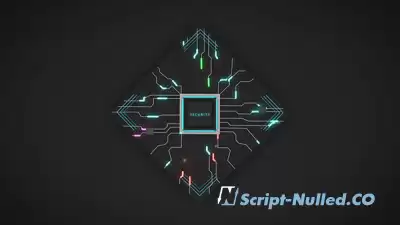? true story... Attack of the century. How to cheat Google and Facebook for hundreds of millions of dollars with the help of SI.
? true story... Attack of the century. How to cheat Google and Facebook for hundreds of millions of dollars with the help of SI. • As the name already implies, today's story is dedicated to Facebook and Google, from whom millions of dollars were stolen with the help of social engineering.




















